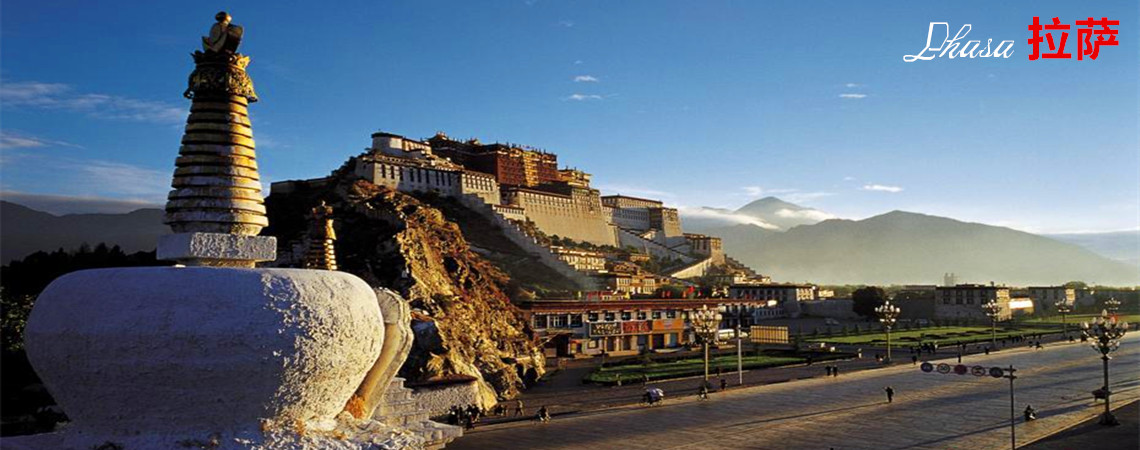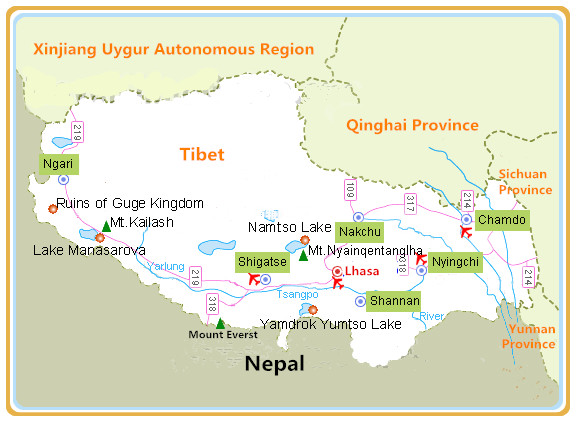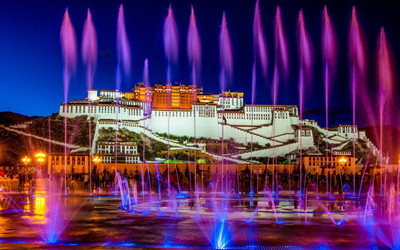Skype: neodalle-travel
Tel: +86 135 7447 2266
E-mail: sales@visitaroundchina.com


History Culture
Honored with a long history of 1300 years, Lhasa is quite rich in unique cultural and spiritual resources, especially its Buddhism culture. Today, numerous cultural relics and historic sites covered with thick religious color remain in Lhasa. The attractions of Lhasa do not only lie in its cultural and historic sites, but also in its breathtaking natural scenery.
Geography
 Lhasa prefecture-level city covers an area of close to 30,000 km2 (12,000 sq mi). It has a central area of 544 km2 and a total population of 500,000; 250,000 of its people live in the urban area. Lhasa is home to the Tibetan, Han, and Hui peoples, as well as several other ethnic groups, but overall the Tibetan ethnic group makes up a majority of the total population.
Lhasa prefecture-level city covers an area of close to 30,000 km2 (12,000 sq mi). It has a central area of 544 km2 and a total population of 500,000; 250,000 of its people live in the urban area. Lhasa is home to the Tibetan, Han, and Hui peoples, as well as several other ethnic groups, but overall the Tibetan ethnic group makes up a majority of the total population.
Located at the bottom of a small basin surrounded by the Himalaya Mountains, Lhasa has an elevation of about 3,600 m and lies in the center of the Tibetan Plateau with the surrounding mountains rising to 5,500 m (18,000 ft). The air only contains 68% of the oxygen compared to sea level. The Kyi River (or Kyi Chu), a tributary of the Yarlung Zangbo River), runs through the city. This river, known to local Tibetans as the "merry blue waves,", flows through the snow-covered peaks and gullies of the Nyainqêntanglha mountains, extending 315 km (196 mi), and emptying into the Yarlung Zangbo River at Qüxü, forms an area of great scenic beauty.
Administrative Division: Lhasa is a prefecture-level city that consists of 2 municipal districts (Chengguan, Tuilong Deqing), 6 counties (Linzhou, Dangxiong, Nimu, Qushui, Dazi, Mozhu Gongka)
Shopping in Lhasa
Tibet has many arts and crafts products full of local flavor and national style, all kinds of Tibetan traditional handicraft products such as wooden bowl, bamboo bowl; and also imitations made in batch processing by Nepal, India and other countries businessman, such as various kinds of bone carving animals. Tourists can buy a lot of goods in Tibet, the famous are like Thangka, Tibetan knife, Tibetan mask, as well as Tibetan medicine and tonic, cordyceps sinensis, saffron, tricholoma matsutake, and so on.
Lhasa Tourism
There are many archaeological sites in Lhasa, Potala Palace, Jokhang Temple and Norbulingka is listed as world cultural heritage. The main tourist attractions are Drepung Monastery, Sera Monastery and Ramoche Monastery, etc. The main commercial districts are Barkor Street, Yutuo Road and Lhasa Department Store. And there are geothermal hot springs around the land that have economic value and medical treatment, like Duilong Deqing county Qusang hot springs, Maizhokunggar county Dezhong hot springs.
 Ask Questions ?
Ask Questions ?